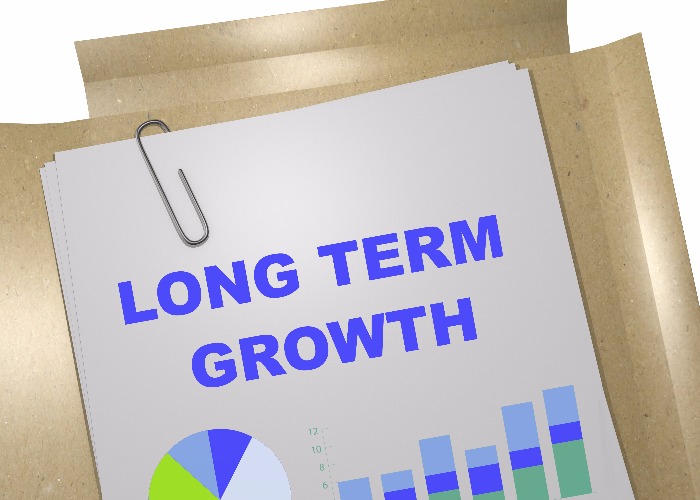Long-term savings accounts versus investing: which offers better returns?

Shawbrook Bank is offering savers a fixed interest rate for seven years. Here’s why you could be better off investing over that period instead.
It’s a miserable time for savers.
Almost a decade of pitiful interest rates is now being compounded by rising inflation, leaving it almost impossible to get an interest rate that means your cash will grow in real terms.
Into this toxic environment Shawbrook Bank has brought a new savings account.
It’s seven-year fixed rate bond promises savers a 2.2% return.
In order to get that rate you just need to deposit at least £5,000 for seven years.
“At Shawbrook we want to help individuals make the most of their hard-earned savings,” says Mark Evans, head of savings at Shawbrook.
“With the Bank of England rate reducing in August 2016 we have seen a growing desire from our customers to favour longer term bonds.
“By offering a seven year fixed-rate bond at our highest rate of interest we believe it will provide customers with the peace of mind and a guaranteed return they want.”
Compare more fixed-rate savings deals with loveMONEY
Does the savings rate add up?
The account is the longest fixed-term account on the market, and you are not allowed access to your money for the entire seven years.
But is it worth locking your money away for so long?
Traditionally, the longer you lock your money away with a bank the better rate it offers you in return.
However, both Ikano Bank and Paragon Bank offer the same rate – 2.2% - on their five year accounts.
NS&I’s Savings Bond can also match that rate over three years, while Secure Trust Bank offers a slightly lower rate of 2% on its three-year deal.
Article continues below
The threat of inflation
At present inflation is 2.3%, so locking your money away for seven years at a rate of 2.2% means your money isn’t going to achieve any growth in real terms unless inflation falls.
If inflation remains high, when you access your money in 2024 you may well find you can buy less with it than you can now.
You could also miss out if savings rates rise during that period.
“Those looking for the best cash savings rates can often get a better return if they are prepared to lock their money away for a longer period,” says Patrick Connolly, a certified financial planner at Chase de Vere.
“However, savings rates are low and those who opt for a fixed-rate bond risk tying their money up at a rate which might become uncompetitive over time.”
Earn a top rate on your savings
Is investing right for you?
If you have more than £5,000 that you can afford to lock away for seven years you’d likely be better off investing in the stock market, as long as you are prepared to take that extra risk.
Historically, the stock market outperforms cash offering bigger rewards if you are prepared to take a bit of risk.
“If you’re prepared to take the risks and are willing to invest for a period of 10 years or more then you’re very likely to get a better return by investing in shares rather than keeping your money in cash,” says Connolly.
“Even if you’re prepared to invest for five to 10 years you could still get a better return by investing in shares.
View your investment options (capital at risk)
Consider your risk appetite
However, over this time period, to spread risks, it might be sensible to invest in shares alongside other assets such as fixed interest, property and cash to provide you with some protection if stock markets fall in the short term.”
Another benefit of putting your money in the stock market is you can still access it, or draw an income from it, something you cannot do with the majority of long-term fixed-rate savings accounts.
Finally, consider the tax implications before opting for a long-term fixed rate product.
As the interest is often paid at the end of the term, for tax purposes it all counts in that tax year – not spread over the years of the term.
Win £100 today! Sign up to the daily loveMONEY newsletter to enter the prize draw
Tax implications
This could mean it exceeds your savings allowance for the year and your small returns are further eroded by income tax.
A basic rate taxpayer who invested £6,000 into Shawbrook’s seven-year account would have an expected return of £1,164 over the term.
That’s above the current £1,000 savings allowance, meaning you would have to declare the additional interest and pay tax on it, along with any other savings interest you make in that year.
Higher rate taxpayers only get a £500 savings allowance meaning even if they only invested the minimum £5,000 into the Shawbrook account they would have to pay income tax on some of their interest.
Invest tax-free with a Stocks and Shares ISA
More savings and investing strategies from loveMONEY:
Most Recent
Comments
Be the first to comment
Do you want to comment on this article? You need to be signed in for this feature








